The history of German railways is greatly influenced by the history of
Germany as a nation.
 |
The first railway in Germany was built in 1835, using British
rolling stock, the first train driver was the Englishman William Wilson
(who of course married a German Fräulein and stayed).
At that time, the word Germany was not the name of a country, but merely a notion describing the
geographic area where German was spoken. After the
Liberation Wars against Napoleon, in 1815 the Deutscher Bund
(German Federation) was founded as a federation of independent states,
some being kingdoms, some being duchies, principalities or republican
city-states.
Austria and Prussia were the largest dominating
powers in Germany, until the German Federation fell apart in 1866, to be
succeeded by the North German Federation under Prussian leadership.
During this time, railways were run or concessioned by
the respective country's government. The German word for country is
Land, and so the railways operating during this period are called
Länderbahnen ("countries' railways"). |
 |
In 1871, following the Franco-German war, Germany was united into a
nation state, excluding Austria, and the king of Prussia became Emperor
of Germany.
The constituent states retained their individual
status as monarchies and republics, and also the railways stayed to be
concessioned or operated by these Länder. A national railway
was not established at this time, although technologies and rules began
more closely to follow those of the Königlich Preußische
Eisenbahnverwaltung (KPEV, Royal Prussian Railway Administration). |
 |
After the First World War was lost, as a part of war reparations
the German railways were nationalized into the
Deutsche Reichsbahn-Gesellschaft (German Railway Society) which was
incorporated in London. The German Empire continued to be the owner, but the
company was mortgaged to the victorious powers, until the Reichsbahn was
taken back into direct control of the German government in 1937. |
As it is easy to see, these political developments heavily influenced the German
railways as much as new technological developments. Like the British railway
history is ordered into eras, the history of German
railways is divided into the epochs I to VI, some of which are overlapping,
depending on which aspects one may look, like technology, liveries,
organisation, etc.
|
|
Epoch I - before 1920, Länderbahnen
Most of the German states have their own
railways, such as:
- Royal Bavarian State Railways
- Oldenburg Grand
Ducal Railway Administration
- Mecklenburg Frederick-Franz Railway
Society
- Royal Prussian Railway Administration
- and others
Most of
these railways have heir own rules, vendors, rolling stock and signals
|
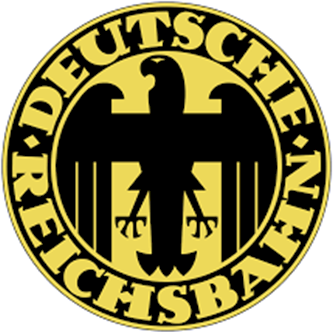 |
Epoch II - 1920-1950, Deutsche Reichsbahn
the railways are united
and nationalised- After WW I, all railways are nationalized and
united into the German Imperial Railway Society
- Rules, rolling
stock, signals are unified as Einheitsbauform ("unified model"), according to the Prussian
railways’ standards, with only few exceptions namely in Bavaria
- In
the 1920s, electrification became more common and the first light
signals were tested
- The Indusi (the German version of ATP) was
introduced
|
|
|
Epoch III - 1945-1970, Deutsche Bundesbahn and Deutsche
Reichsbahn
German Division
- After WW II, Germany was partitioned into what was to become the
western Bundesrepublik Deutschland (Federal Republic of
Germany), the Deutsche Demokratische Republik (DDR),
(German Democratic Republic), and the east German territories of
East Prussia, Pomerania and Silesia, which were annexed by the
Soviet Union and Poland.
- Along with the nation, the national railways were split. The West German
part was renamed Deutsche Bundesbahn (German Federal Railway)
while the now East German part retained the name Deutsche Reichsbahn
(German Imperial Railway). The railways in the annexed territories
were incorporated into the respective countries' railways.
- The historic curiosity that a communist state operated an
imperial railway was due to the fact that under this name, the
Allied Powers had concessioned the S-Bahn in all of Berlin (i.e.
including West Berlin) to East Germany, and East Germany feared that
by renaming the railways, they might lose this valuable source of
convertible money.
- Signalling was
developed independently in both parts of Germany. East Germany followed
the
developments in the OSShD, the international railway
organization of the
East Bloc.
|
|
|
Epoch IV - 1965-1990, separate developments in East and West
modernization- Signalling was further
developed separately both in East and West Germany
- Various new
proposals for signalling systems were tested
- Cab signalling was
introduced in West Germany in the 1960s and made mandatory for ICE
trains
|
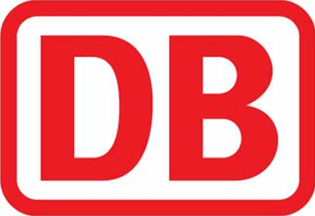 |
Epoch V - 1985-2010, reunification and digitalization
- After
the German Reunification, the Deutsche Bundesbahn and the Deutsche
Reichsbahn merged into Deutsche Bahn AG ("German Railway PLC")
- A new signalling system (Ks) is developed that is to ultimately
replace the traditional Hp and Hl systems
- Digital and cab signalling systems such as ETCS is
being introduced, beginning with high speed rail lines
|
 |
Epoch VI - since 2005, privatization and split- The Deutsche Bahn AG is split into various companies
for infrastructure and operations
- The aim is to sell the shares off to fill the government's
eternally empty pockets
- Raising the profitability results in severe underfunding of
staffing and infrastructure maintenance
- Punctuality is a thing of the past, rather than improving
infrastructure, the statistic methods are tweaked
- In some cross-border infrastructure projects with Swiss Railways
SBB and Danish
Railways DSB, German Railways are about a decade behind.
|



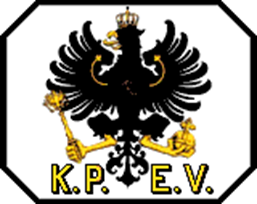
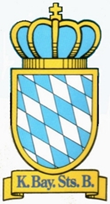
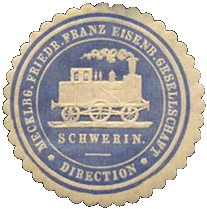
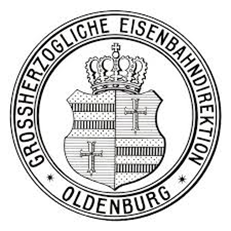




 home
home German railway
history
German railway
history email
email signal history
signal history